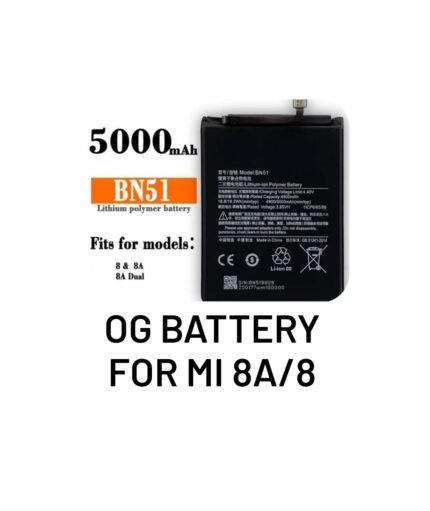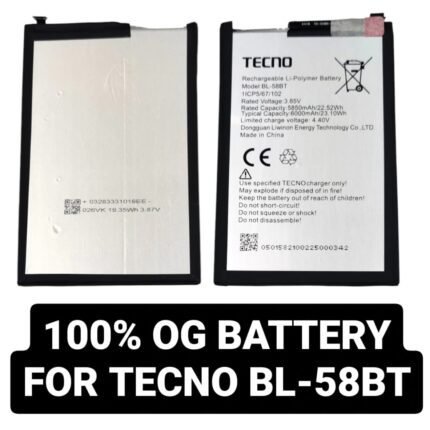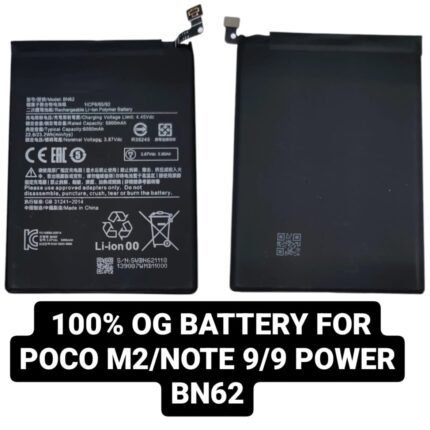A phone battery is a crucial component of any mobile device, responsible for providing the necessary power to keep the phone operational. On a website dedicated to phone batteries, you can find comprehensive information about various aspects, including:
Types of Phone Batteries
1. Lithium-Ion (Li-Ion) Batteries:
– Most common in modern smartphones.
– High energy density, lightweight, and relatively long lifespan.
– Low self-discharge rate compared to older battery technologies.
2. Lithium-Polymer (Li-Po) Batteries:
– Similar to Li-Ion but can be molded into different shapes.
– More stable and less prone to leaking.
Battery Life and Performance
– Capacity: Measured in milliampere-hours (mAh), indicates how much charge the battery can hold.
– Charge Cycles: The number of complete charge and discharge cycles a battery can undergo before its capacity significantly diminishes.
– Battery Health: Over time, a battery’s ability to hold a charge degrades. Tools and apps can help monitor battery health.
Charging Practices
– Fast Charging: Technologies like Qualcomm Quick Charge, USB Power Delivery, and proprietary solutions from manufacturers allow faster charging times.
– Wireless Charging: Uses inductive charging through a charging pad, providing convenience but often slower than wired charging.
– Charging Tips: Recommendations include avoiding extreme temperatures, not letting the battery drain completely, and using the charger that came with the phone.
Common Issues and Solutions
– Overheating: Can be caused by overuse, intensive applications, or faulty hardware. Solutions include reducing usage, closing background apps, and using proper chargers.
– Battery Swelling: A sign of a failing battery. Immediate replacement is necessary to avoid damage to the phone.
– Quick Drain: Could be due to background apps, poor battery health, or settings that consume a lot of power. Optimizing settings and monitoring app usage can help.
Innovations in Battery Technology
– Solid-State Batteries: Promise higher energy density and safety, with a solid electrolyte instead of a liquid one.
– Graphene Batteries: Potential for faster charging times and longer lifespan.
– Nanotechnology: Aims to increase capacity and charge cycles by improving material efficiency at the molecular level.
Buying and Replacing Phone Batteries
– OEM vs. Third-Party Batteries: Original Equipment Manufacturer (OEM) batteries are generally recommended for reliability and safety, though third-party options can be cheaper.
– DIY Replacement Guides: Step-by-step instructions for replacing batteries in various phone models, including necessary tools and safety precautions.
A website focused on phone batteries should also include user reviews, comparisons of different battery models, and expert advice on maintaining battery health. It can serve as a comprehensive resource for anyone looking to understand, buy, or replace a phone battery.













Reviews
Clear filtersThere are no reviews yet.